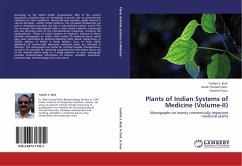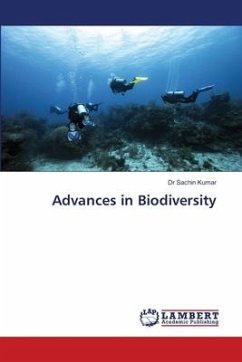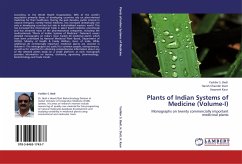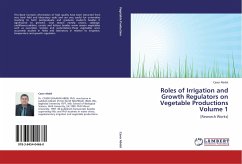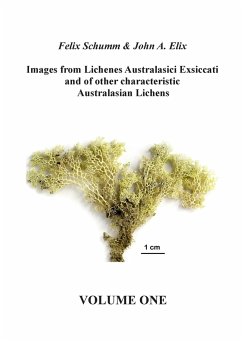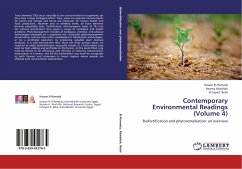This book discusses the current advances in biology. Chapter 1 reviews "The Synergism Hypothesis," which is a theory about the rise of complexity in biological evolution, responsible for the progressive evolution of complex organic systems. Chapter 2 presents the different types of mathematical modeling for the description and analysis of ligand binding to biomolecules. Chapter 3 discusses scouring and how it is one of the initial steps in processing natural textile fibers (e.g., cotton), which when performed removes waxes and pectins, together with spinning oils and other impurities of the plant cell cuticle. Chapter 4 reviews the outbreaks of multi-resistant pathogenic bacteria and how they are causing significant international public health concerns and economic losses. Chapter 5 provides an overview of biophysical methods to characterize the interactions of QSIs and their targets to elucidate their mode of action. Chapter 6 shows how understanding these molecular interactions, QS can be considered a target for innovative control strategies which will facilitate a transition from environmentally toxic pesticides to more sustainable and effective solutions. Chapter 7 delves into the intricate relationship between plant-derived phenolic compounds and the mitigation of bacterial resistance, with a specific focus on QS modulation. The final chapter dives into how using the method of gravitational mass spectroscopy (GMS), gravitational noise (GN) emanating from atomic nuclei clusters (ANC) in the range from 200 Dalton to 3.4 billion Dalton was studied in samples of waste from biogas stations, flush rainwater and biomatrices of wheat.
Hinweis: Dieser Artikel kann nur an eine deutsche Lieferadresse ausgeliefert werden.
Hinweis: Dieser Artikel kann nur an eine deutsche Lieferadresse ausgeliefert werden.

